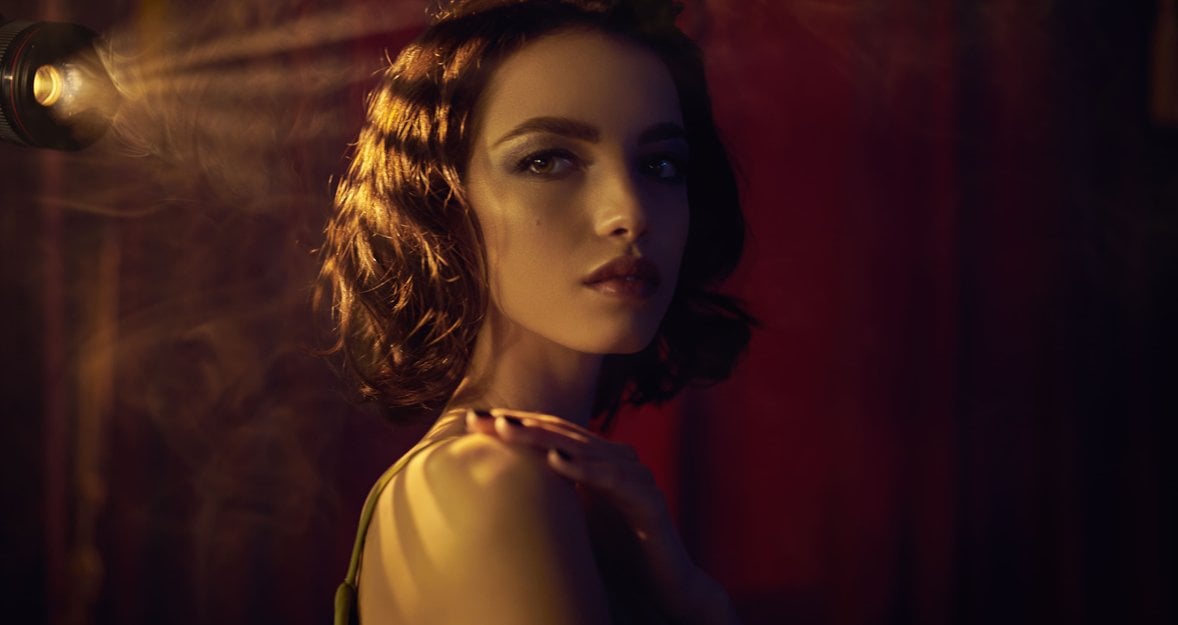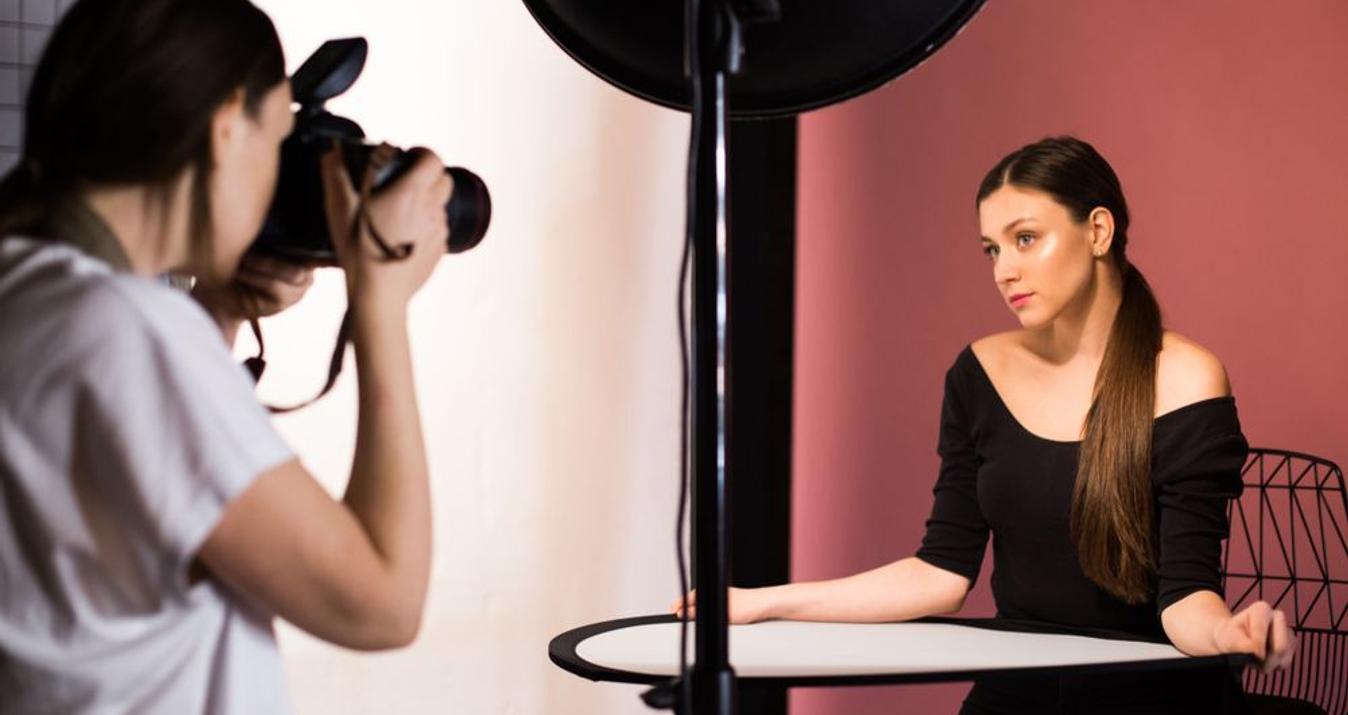Discover The Art Of Dramatic Portrait Photography And Learn How To Capture Captivating Emotions And Expressions In Your Subjects. Enhance Your Skills And Create Stunning Portraits That Leave A Lasting Impression.
How is a dramatic portrait different from an ordinary one? First of all, by the depth of transmitted emotions. Today we will talk about how to take unusual shots that will take the viewer's breath away and make them look at every detail in the photo. How to photograph emotions? It takes a combination of technical skills, creative vision, and attention to point to create a striking portrait photograph that captivates your audience. We'll need a camera, our imaginations, and some post-processing magic.
Every detail, from the texture of clothes to the lines of facial expressions, creates an overall effect. Dramatic portraits are more complex images. They evoke a timeless emotion, inviting the audience to interpret and interact with the narrative. This genre of photography image the depth of human facial expressions and emotion and freezes a moment in time, and it resonates with intensity and authenticity.
Let's Create A Dramatic Portrait
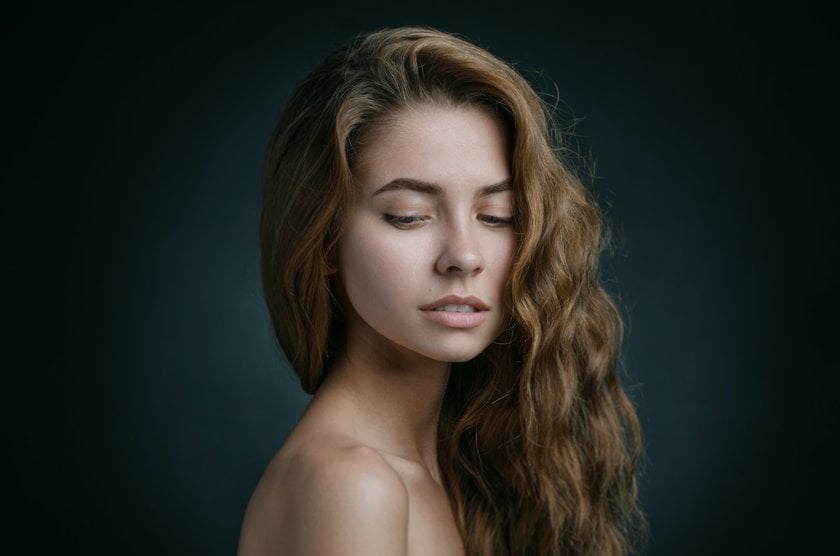
Dramatic portraiture is a powerful and dynamic form of photography that conveys rich emotions and narratives through carefully crafted elements. It captures the essence of a subject's emotional depth using strong contrast, dynamic lighting, and evocative expressions. In a dramatic portrait, the interplay of light and shadow creates striking visual differences, discarding deep shadows and emphasizing facial features and texture. Lighting is often directional, creating an atmosphere of intensity and depth.
Emotions play a key role as subjects express vulnerability, strength, or introspection. These emotions are palpable; they connect the subject and the viewer. The background for a dramatic portrait is carefully chosen to complement the mood, whether it's a textured urban environment or a tranquil natural landscape. Compositional techniques, including unique angles and framing, direct the viewer's gaze to the subject, often using selective focus to isolate it from its surroundings. Post-processing is crucial for enhancing contrasts, manipulating highlights and shadows, and applying color gradation to enhance emotional resonance. The result is an engaging picture that tells a story through visuals.
So here are five tips that will help you in creating dramatic portraits.
Light Rules All

Lighting is the most crucial element in photographing portraits. For a dramatic effect, consider using side lighting or backlighting. Side lighting contrasts light and shadow, emphasizing facial features and textures. Backlighting can create a halo effect around the model, adding depth and separation from the background. Experiment with natural and artificial light sources like strobes or softboxes to achieve the desired dramatic mood. Use a single light source to create strong contrasts between light and shadow, resulting in a moody and intense atmosphere. Dramatic portraits often feature a stark contrast between light and shadow. It creates deep shadows highlighting the subject's features, adding depth and three-dimensionality to the image.
Background Enhances The Mood
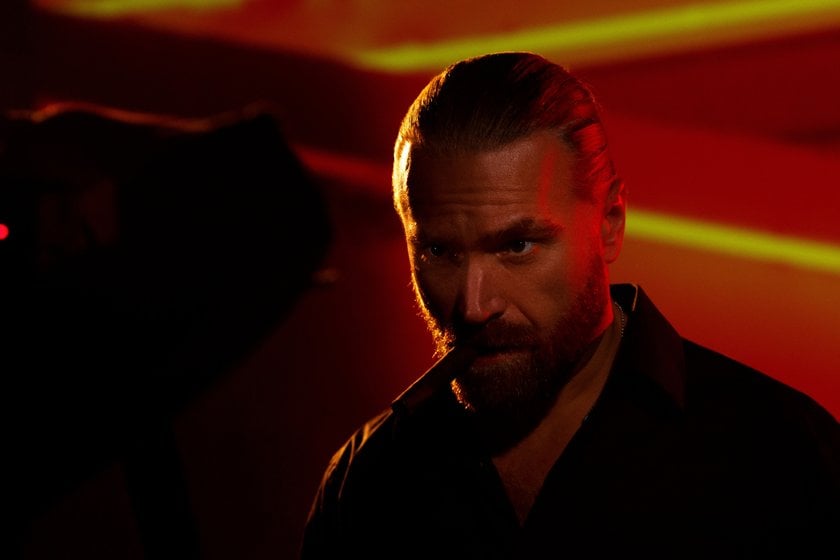
The location can significantly impact your portrait's overall feel. Choose the background that complements your model. Dark and moody backgrounds, textured walls, urban environments with strong lines, or even landscapes with dramatic skies can all contribute to the desired effect. Ensure the location doesn't overpower the subject but complements and emphasizes their presence. The right chosen background contributes to the overall narrative.
For harmony of the picture, use complementary colors, successfully combining the clothes, props, or hair color of the model with the surrounding color scheme. Duplicating colors will also have an interesting and attractive effect. You can create a photo with different shades of the same color, which will also look stylish and pleasant.
Communication Creates An Emotion
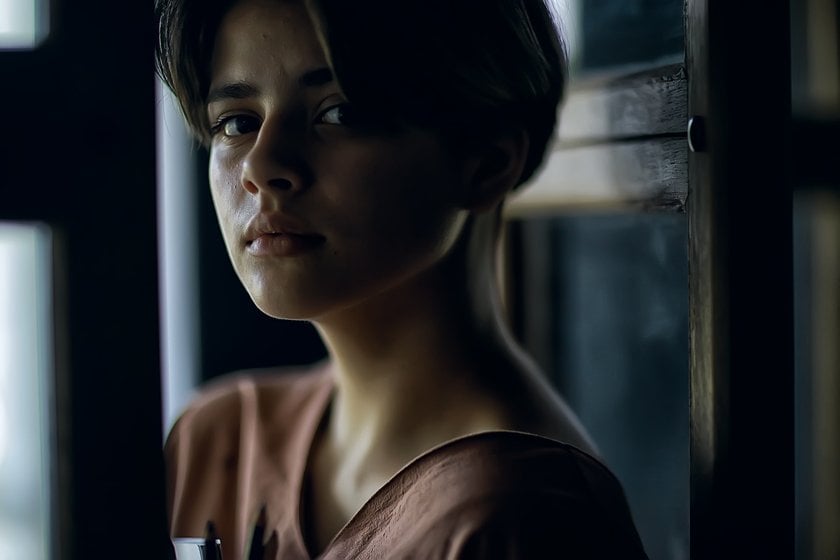
Work closely with your models to elicit the right emotions and expressions. Communication is key; explain the mood you're trying to convey and guide them through poses and expressions that align with that mood. Encourage them to experiment with various expressions, angles, and body language to find the perfect shot. Remember, well-directed staging can bring significant drama to a portrait.
Your models should be isolated from their environment to take center stage. Depending on the narrative, this isolation can create a sense of vulnerability or strength.
The overall atmosphere in dramatic portraits is moody and evocative. Dark and muted tones dominate the color palette, enhancing the image's emotional impact. Small details like hair, clothing, and accessories can add texture and interest to your portraits. Keep this in mind when choosing props for shooting.
People in dramatic portraits often exhibit powerful and intense emotions. These could range from vulnerability and sadness to strength and determination. Focus on capturing genuine emotions and expressions. Whether it's intensity, exposure, or power, these emotions can add depth and resonance to your portraits. The mimicry catches the viewer's attention and makes them connect with the person in the picture.
Сomposition Conveys A Message
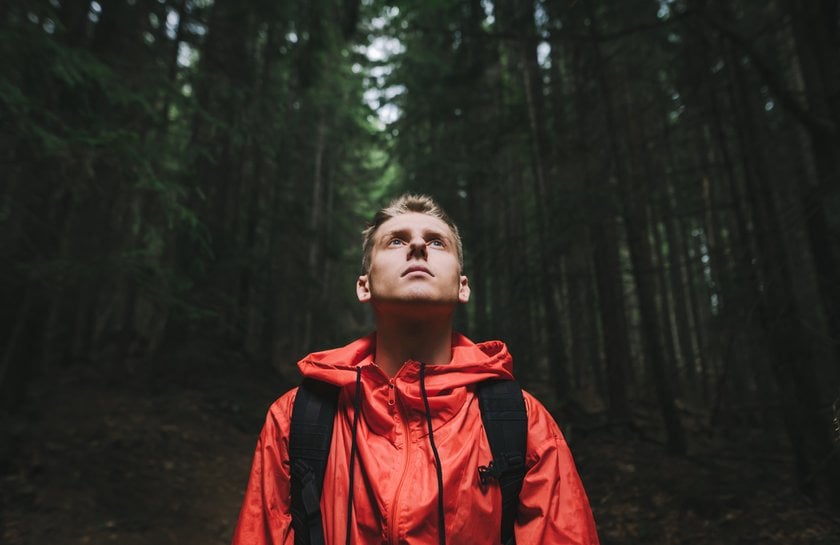
Composition is crucial for any photography and is the same for dramatic portraits. Utilize the rule of thirds, leading lines, and framing techniques to guide the viewer's eye toward the subject. Pay attention to the subject's placement within the frame and the overall balance of the image. Remember that negative space can also play a significant role in creating a dramatic atmosphere.
Creative composition techniques are used to draw the viewer's eye to the subject. Unconventional angles, framing, and leading lines can create a sense of tension and engagement. Often, dramatic portraits use a shallow depth of field to isolate the subject from the background. It blurs the surroundings, directing all attention to the subject's face and expression. Use a wide aperture (low f-number) to create a shallow depth of field. Experiment with angles and play of light to choose the most successful.
Post-processing Completes The Image

Post-processing is a powerful tool to enhance the drama of your pictures. First, always try to shoot such portraits in RAW format to retain more information in your images. It gives you greater flexibility during post-processing. Secondly, take the time to study and analyze the Photo Editor tools. It will save you time when processing images. In addition, knowing your program's functionality will inspire you for future shoots.
Advanced yet easy-to-use photo editor
Get Luminar Neo NowAdjusting contrast, highlights, and shadows can help amplify the existing lighting setup. If sunlight is in your photo, the Sunrise tool from Luminar Neo will add a wow effect. Get acquainted with How to Use Sunrays in Luminar AI, and feel free to improve your photos with modern processing methods. This function will be useful even for pictures with artificial light. So feel free to experiment with adding a dramatic lighting effect to your photos.
You can also experiment with black-and-white conversion to create a more timeless and impactful look. Dodge and burn techniques can emphasize specific areas of the portrait, drawing attention to the subject's features or expressions. Details such as textures in skin, clothing, and accessories are highlighted to add depth and interest to the image. This attention to detail enhances the overall visual impact. Use dodging and burning techniques to selectively lighten or darken photo specific areas, drawing attention to the subject's features. Experiment with color grading. Adjust the colors to match the mood you're trying to convey.
Bottom Line
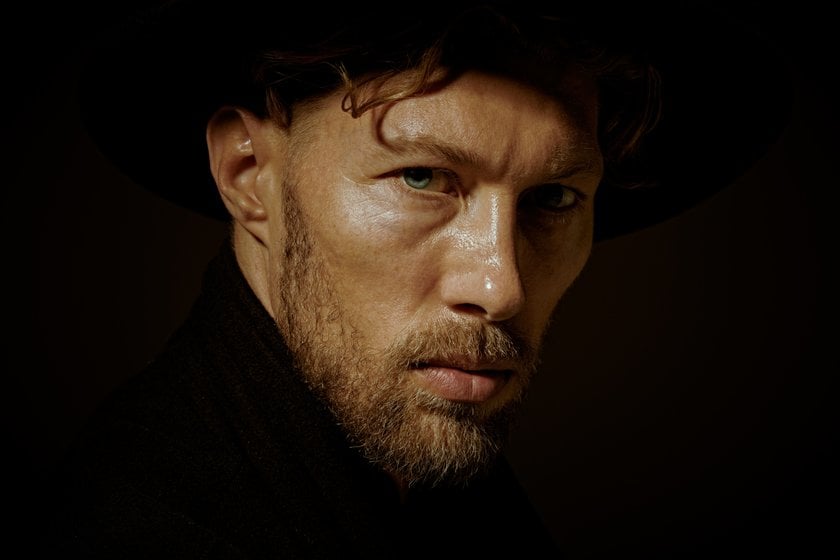
Dramatic portraits often tell us stories or convey strong ideas. Whether it's a sense of introspection, empowerment, or inner turmoil, the picture invites viewers to interpret and connect with the emotions depicted. They often possess a timeless quality. Whether in color or black and white, they evoke universal and enduring emotions. Creating such photos takes practice and experimentation. Keep refining your techniques, trying different lighting setups, poses, and post-processing styles to find what works best for your creative vision.
Remember, while these are common characteristics of dramatic portrait photography, the versatile genre allows various creative interpretations. The key is experimenting, pushing boundaries, and using your unique artistic vision to create portraits that resonate deeply with viewers.
Remember, practice makes perfect. As you experiment with these tips, you'll develop your style and refine your approach to creating dramatic portraits that resonate with your audience. Feel free to push your creative boundaries and learn from your successes and challenges.




